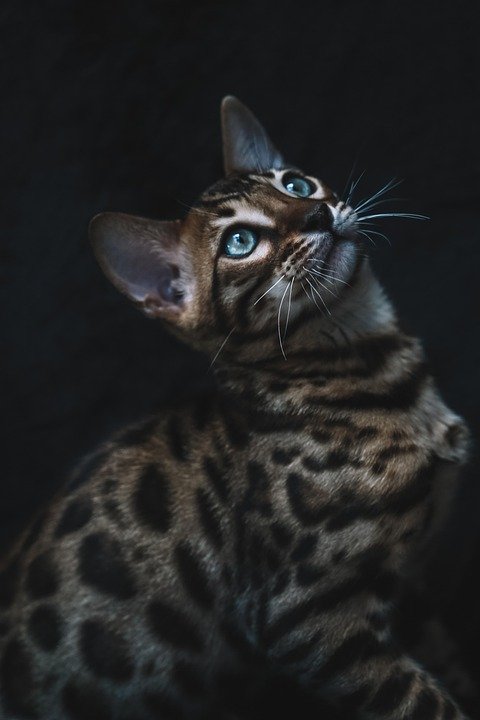
Bengal cats are a unique and captivating breed that have become increasingly popular in recent years. Known for their striking appearance and playful personalities, Bengal cats are a favorite among cat enthusiasts. In this breed guide, we will explore the wild beauty of Bengal cats, including their history, characteristics, behavior, and care requirements.
History of Bengal Cats
The Bengal cat breed was created by crossing domestic cats with Asian leopard cats in the 1960s by a breeder named Jean Mill. The goal was to create a domestic cat with the striking appearance of a wild leopard. The breed was officially recognized by the International Cat Association (TICA) in the 1980s.
Characteristics of Bengal Cats
Bengal cats are known for their wild appearance, with their distinctive coat pattern resembling that of a leopard. Their coat is short and dense, featuring a variety of colors including brown, silver, snow, and charcoal. The most common coat pattern is the classic brown tabby with black spots.
In addition to their stunning coat, Bengal cats have large, expressive eyes that can be green, gold, or hazel. They have a muscular and athletic build, with a long, sleek body and a bushy tail.
Behavior of Bengal Cats
Bengal cats are highly energetic and intelligent animals that require plenty of mental and physical stimulation. They are known for their playful and curious nature, and they love to explore their surroundings. Bengal cats are also very social and enjoy interacting with their human companions.
One unique trait of Bengal cats is their love of water. Many Bengals enjoy playing in water and may even join their owners in the shower or bathtub. This behavior is believed to stem from their wild ancestors, who lived in tropical climates and were adept swimmers.
Care Requirements for Bengal Cats
Bengal cats require regular grooming to keep their coat in good condition. They should be brushed weekly to remove loose hair and prevent matting. Additionally, Bengal cats should have their nails trimmed regularly to prevent them from becoming too long.
Bengal cats are also prone to dental issues, so it is important to brush their teeth regularly to prevent tartar buildup and gum disease. Providing a balanced diet and plenty of exercise is essential for maintaining the health and well-being of Bengal cats.
In terms of exercise, Bengal cats require plenty of mental and physical stimulation to prevent boredom and destructive behavior. Interactive toys, puzzle feeders, and climbing structures are all great ways to keep Bengal cats entertained and engaged.
It is also important to provide a stimulating environment for Bengal cats, with plenty of opportunities for play and exploration. This can include cat trees, scratching posts, and toys that encourage natural hunting behaviors.
Overall, Bengal cats are unique and fascinating animals that make wonderful companions for cat lovers who are willing to provide them with the care and attention they need. With their wild beauty and playful personalities, Bengal cats are sure to capture the hearts of anyone who meets them.





